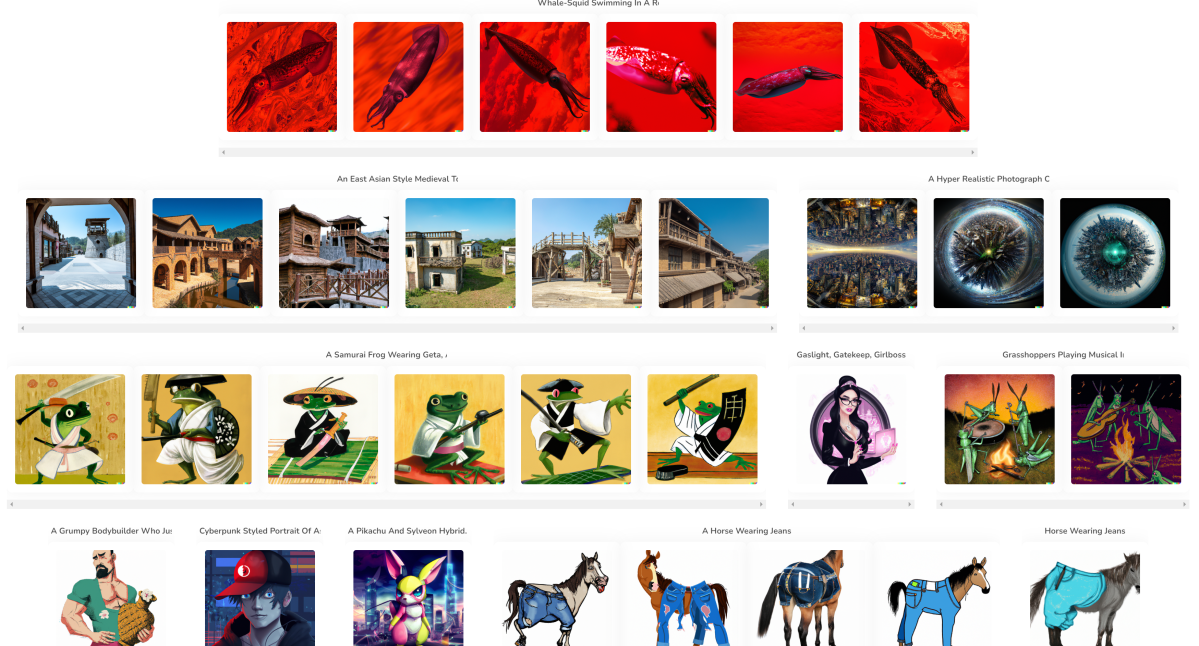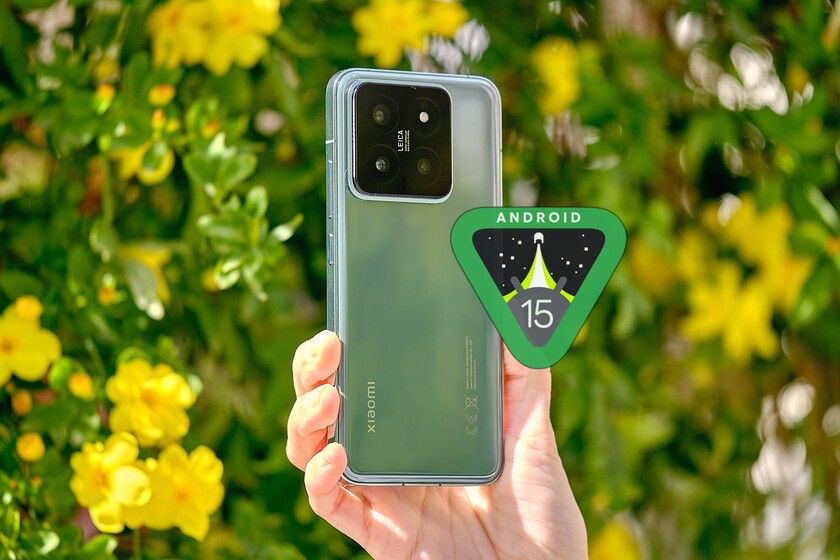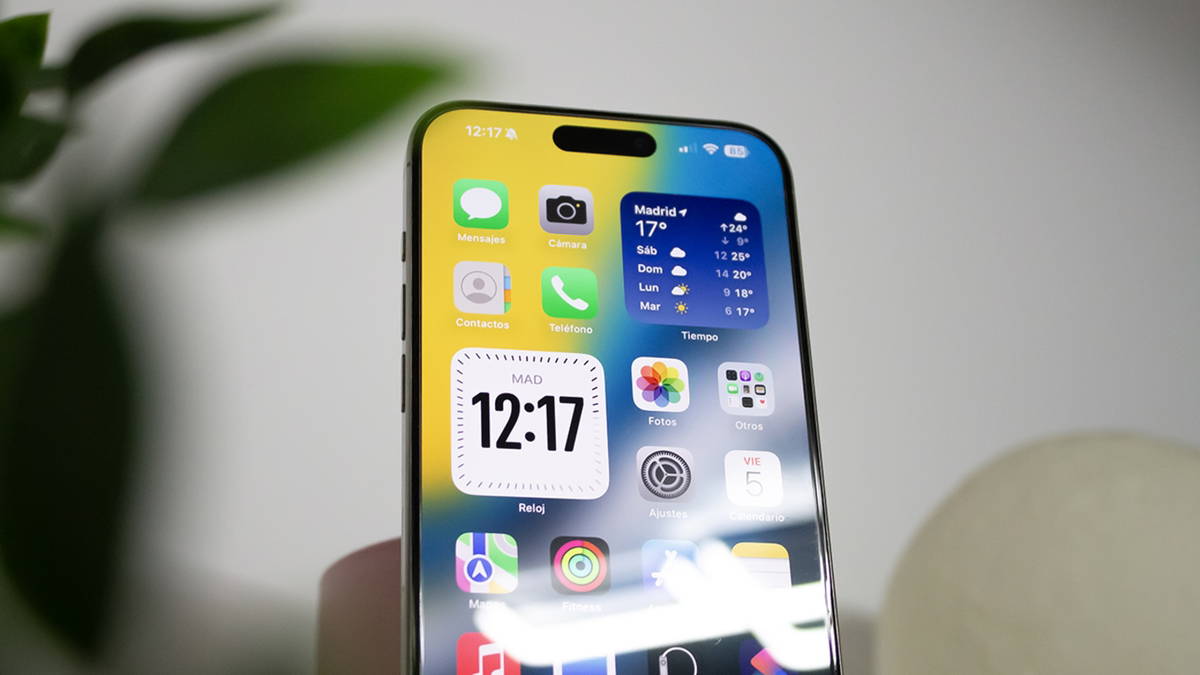ChatGPT is all the tech world can talk about lately, and with good reason. The AI-powered tool is impressive, but there are also plenty of concerns: copyright infringement, plagiarism, use in classrooms, even job loss, so it’s no wonder that people who write for a living insist on AI that can apparently write well. But there are also starry-eyed tech companies that see the future – the ability of computers to naturally converse and create content that businesses can actually use, at a scale, speed and cost that humans cannot. equal.
But ChatGPT, Google Bard, and Microsoft’s Bing chat are only a small part of the generative AI revolution. The art world has been buzzing about new generative AI art tools for the past year and panicking about the same issues – bias, copyrights, lost jobs, etc. from the iceberg.
These tools are not just a flash in the pan. They are in their infancy and improving very quickly. Big tech companies like Google and Microsoft see this new generative AI as an important part of our future. Making a claim and building a leadership position is as important to them as dominating the web was in the 90s.
But there is one player that is not in the game: Apple. The world’s most valuable tech company seems to be entirely missing out on a complete IT revolution. Apple is no stranger to AI – it sparked an assistant revolution with Siri – but it has also squandered its lead before by not investing enough to fend off competitors.
Does history repeat itself with generative AI? Or does Apple have something amazing up its sleeve and is it incredibly secretive, like it always is?
The AI that analyzes is old, the creation of AI is new
All of the biggest tech companies have been touting the merits of AI for years. AI that isolates and analyzes your speech for dictation and voice assistants, and can distinguish voices for personalized results. An AI that gathers recorded sounds to “speak” to you. AI that isolates parts of images for easy editing. An AI that identifies objects and people to power your research. AI that lets you select text in any image.
Apple does all of that. It’s so important to the company that it embeds a neural engine in all of its chips, specialized hardware that speeds up machine learning tasks like these. Apple is even working on the biggest AI challenge of all, self-driving cars.
But Generative AI is something else. It’s a new class of AI that creates something entirely new using almost no text input. Yes, training the models takes a ton of time and a mountain of data, but the models that users will be running are relatively small and can seemingly create an endless amount of new stuff. AI that can find all the potatoes in your photo library is a totally different thing than AI that can draw a potato from scratch in a wide variety of art styles.

Mark Hachman / IDG
ChatGPT, Bard and Bing
The generative AI technology that’s making headlines right now is OpenAI’s ChatGPT. The advanced chatbot and the tools derived from it are already being used in the business world to generate articles, emails, templates, etc., with some controversy. Students use it to write entire papers from a small prompt, and the results are good enough that there is a race to develop good tools for teachers to identify ChatGPT-written assignments.
Because it was trained with a ton of web data that, although dated, is still relevant to many things, it can almost be like a search engine that you converse with. This is scaring Google so much that it has announced its own rival conversational AI product, Bard, which isn’t quite ready for the world to try yet, but will be available soon. A public demo provided misleading information about the James Webb Space Telescope, so Google clearly has some work to do.
Microsoft also announced a new conversational search feature that you can start using right now in Bing and the Edge browser. It is built on ChatGPT with some improvements and modifications.
They are more than toys or curiosities. They are real tools that people use to do real work and fuel creative projects. It’s just the beginning and sometimes feels like it’s not ready for the world at large, but the pace of improvement and innovation is staggering – AI models are doubling in complexity and in sophistication every six months.
Stable broadcast, mid-range, DALL-E
And it’s not just the written word. We all had a good laugh doing silly prompts with DALL-E 2 last year, but with further training and refinements, these AI generative art tools have become good for much more than just creating images of anime style cats in scuba diving with aquariums. their heads.
Midjourney and Stable Diffusion have gotten so good that they create art that could easily make the cover of a magazine and can turn out dozens in minutes.
These tools can do more than just create completely new images in a wide range of styles. They can modify the input images. The App Store is already full of avatar and profile maker apps that use this software to take a few photos of your face and alter them in amazing ways by altering the physical features without anyone knowing. Like putting on sunglasses that look completely real.
Last year it was a gimmick, but technology is developing so quickly it’s already a tool. Adobe has already enhanced many of its apps with AI-powered image generation tools, for one-click photo restoration and vastly improved object removal. But the company plans to add significant generative AI to its toolset soon, allowing you to literally insert images into existing photos and artwork that seem to fit perfectly.

Dall-E 2 is more than just a fun waste of time creating wacky images.
Slab2.app
A narrow window to act
And where is Apple in all of this? The company has positioned itself as a technology leader, especially in the creative space. But except for a few blog posts from an ML research site and some relatively simple library optimizations for Apple silicon, Apple seems be sitting this one. I mean, I think Divam Gupta’s DiffusionBee is super cool, but it’s a little independent third-party app that hasn’t been updated in quite a while and is already cutting edge when it comes to AI image generation.
This technology is going to be completely transformative. You do not believe me ? Check out OpenAI’s research on music generation. He creates new music in a variety of styles, including vocals, completely out of nowhere. Microsoft’s VALL-E can generate incredibly realistic voices that sound very close to a real person, using just a small snippet of that person’s voice as input. He can even mimic various emotional states.
Many of these projects, and dozens more, are still in the research stage. It’s not hard to find fault with any of them. But the journey from research to the real world will be rapid, and defects will become extremely difficult to find.
Apple has the tools to create its own generative AI chatbot with the Neural Engine built into its iPhone and Mac chips, capable of handling up to 15.8 trillion operations per second, as well as Core ML and machine learning APIs. But we haven’t seen any movement from inside Cupertino. Accuracy and speed are of paramount importance with AI chatbots – Google’s stock and credibility plummeted this week after an error in its Bard chatbot – so it may be working behind the scenes with Siri. But with a host of tools at its disposal, the question remains: Is Apple even paying attention?
If it doesn’t watch the AI space carefully, Apple might not realize how fast it is changing. It took a year for generative AI to go from a “dumb online research project toy” to “dueling ads from Microsoft and Google.” In two years, these tools will be ten times better and there will be many more. You’ll be hard-pressed to tell what’s real or completely AI-generated from scratch. If you have big ideas but limited artistic skills, generative AI will make it much easier to realize your dreams.

Apple’s Mac M1 and M2 chips have a dedicated neural engine capable of
maley trillion operations every second.
Apple
With Siri, Apple was at the forefront of bringing an AI voice assistant to as many people as possible. As this technology evolved, Apple fell behind, and now Siri is often seen as a disappointment that can’t be compared to Google Assistant or Alexa. When it comes to generative AI, Apple doesn’t even have the first-mover advantage like it did with Siri. Tech companies big and small are already offering powerful tools. Without action, Apple will simply end up making some of the hardware that our generative AI-based future will run on.
Without realizing the power of this new technology in its own software and services, Apple will let everyone define the state of the art for what could be the most significant change in computing in decades. Maybe the company is okay with that, but as hardware sales flatten out and the software and services side of Apple’s business grows, it really can’t afford to not being a leader in the generative AI revolution.
Of course, Apple is one of the most secretive companies in technology, especially when it comes to software. Apple might have big teams working hard to bring generative AI features to iMovie, Final Cut Pro, Logic Pro, Photos, Mail, Messages, and the entire iWork suite. All of these could be completely transformed by powerful generative AI tools. We know Apple bought at least one generative AI company, AI Music, about a year ago. It wouldn’t be unreasonable to see at least one “generate an instant soundtrack for your video” tool in Apple products this year.
We may not hear anything about generative AI from Apple at all, then at WWDC, BAM! World-class generative AI on all Apple products!
I hope it is, because if Apple is behind the game on such transformational technology, it will condemn its software to be years behind its competitors for years to come.
Table of Contents








